Environmental Engineering Reference
In-Depth Information
Rrut (Joules day
-1)
= 19403. 7-15. 3W -2040. 6T °C-0. 003W
2
+ 2. 4W T °C+ 52. 2T °C
2
30
28
26
24
22
20
18
16
70000
60000
50000
40000
30000
20000
10000
0
14
12
0
200
400
600
800
1000
1200
Living weight , g
Fig. 3. Surface plot derived from a quadratic model to describe the relationship between
Respiratory metabolism (joules day
-1
) (Rrout = Routine metabolism; Rsda = Specific
dynamic action metabolism; Rtot = Total metabolism) calculated for animals between 0.1 to
1kg living weight. (Data from Kasanevakis et al., 2005)
But, not always the models obtained give results applied at all mainly because the
experimental procedures are not always are made in comparable conditions and depends on
the form in which a determined factor affect the physiological response of animals. For
example, using a model proposed by (Miliou et al
.
, 2005) to evaluate the combined effect of
temperature and living weight on feeding rate of
O. vulgaris
(Feeding rate g day
-1
= -4.4608 +
0.9272lnW + 0.1138T°C - 0.0026T°C
2
) we calculated the feeding rate (g day
-1
) for octopuses
fed squid with different living (W) weight and exposed at different temperatures (Table 3).
In their research, Miliou et al. (2005) feed octopuses with squid at a rate of 3% living weight
day
-1
. When the equation is applied the proportion of food consumed by octopuses resulted
closed to that food rate (Table 3) suggesting that the data obtained with equation increased
with temperature and living weight in a constant form (Table 3), producing a constant
feeding rate. Using newly the study of García-Garrido et al., (2011), where octopuses were
fed squid at a ratio of 10% living weight day
-1
we observed that the model cannot predict the
real feeding rate obtained by authors, that in this case was 8% living weight, because for
octopuses feeding rate, and in consequence the energy derived of food, is modulated by the
quantity of food that is offered, and certainly 3% could not be an ad libitum ratio.
Other species of octopus have been studied in attempt to quantify the physiological
condition of octopus in similar conditions; a study was done comparing energetic balance of
two species:
Enteroctopus megalociathus
(living at 10°C) and
O. maya
(living at 28°C) (Farias
et
al., 2009). The scope for growth of both species was calculated as: P = I - (R + H + U), and
values of P of 522 and 358 joules day
-1
g
-1
were obtained of
E. megalociathus
and
O. maya,
respectively (Fig. 4).




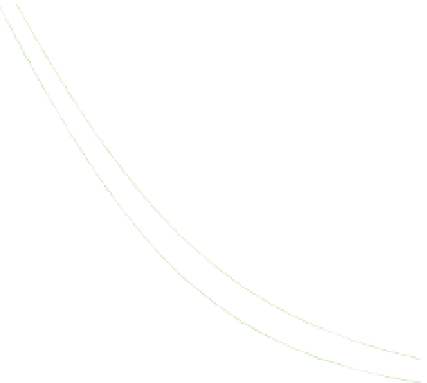
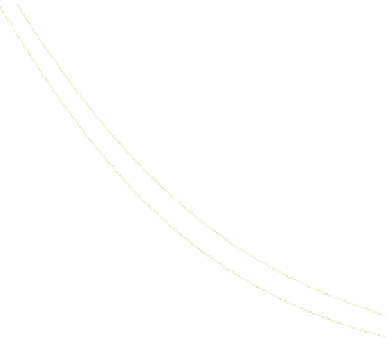






































































































Search WWH ::

Custom Search